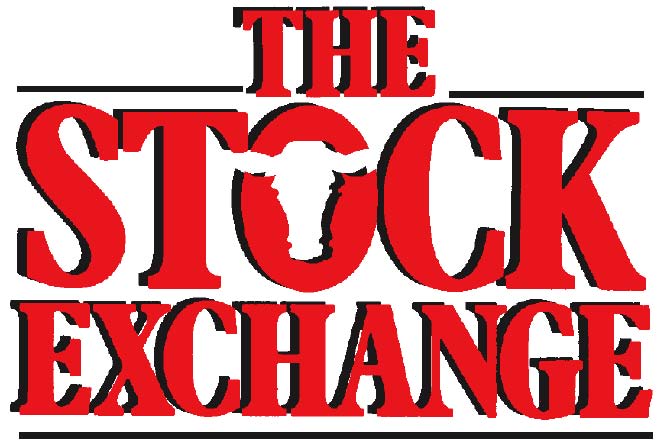Grouping the Cowherd for Winter Feeding
Steve Boyles, OSU Beef Extension Specialist Young-bred heifers and young cows that have just weaned their first calf should be fed separately from the mature cows in the herd. The young animals are smaller, still growing, and are replacing their temporary teeth. They may be pushed away from feed by cows in their prime and settle for what hay is left and is likely of lower higher quality. The results of feeding young…
